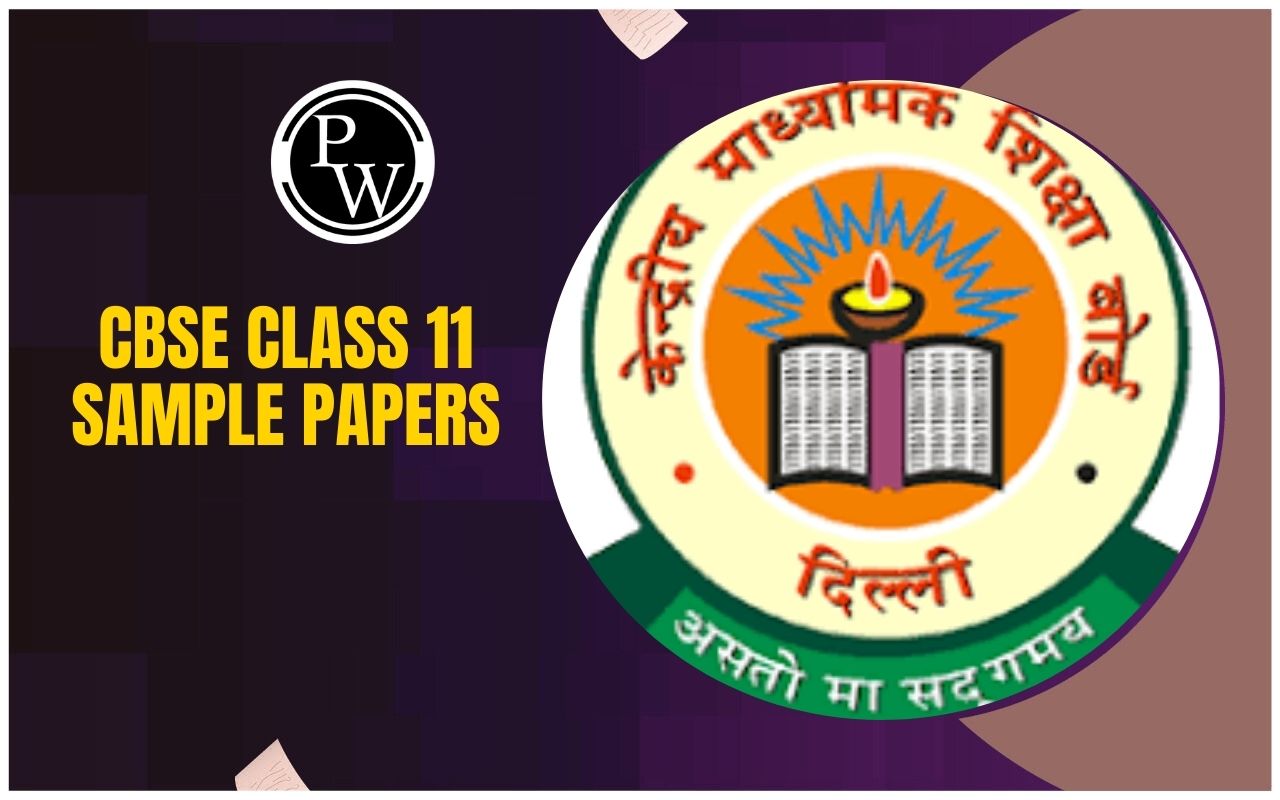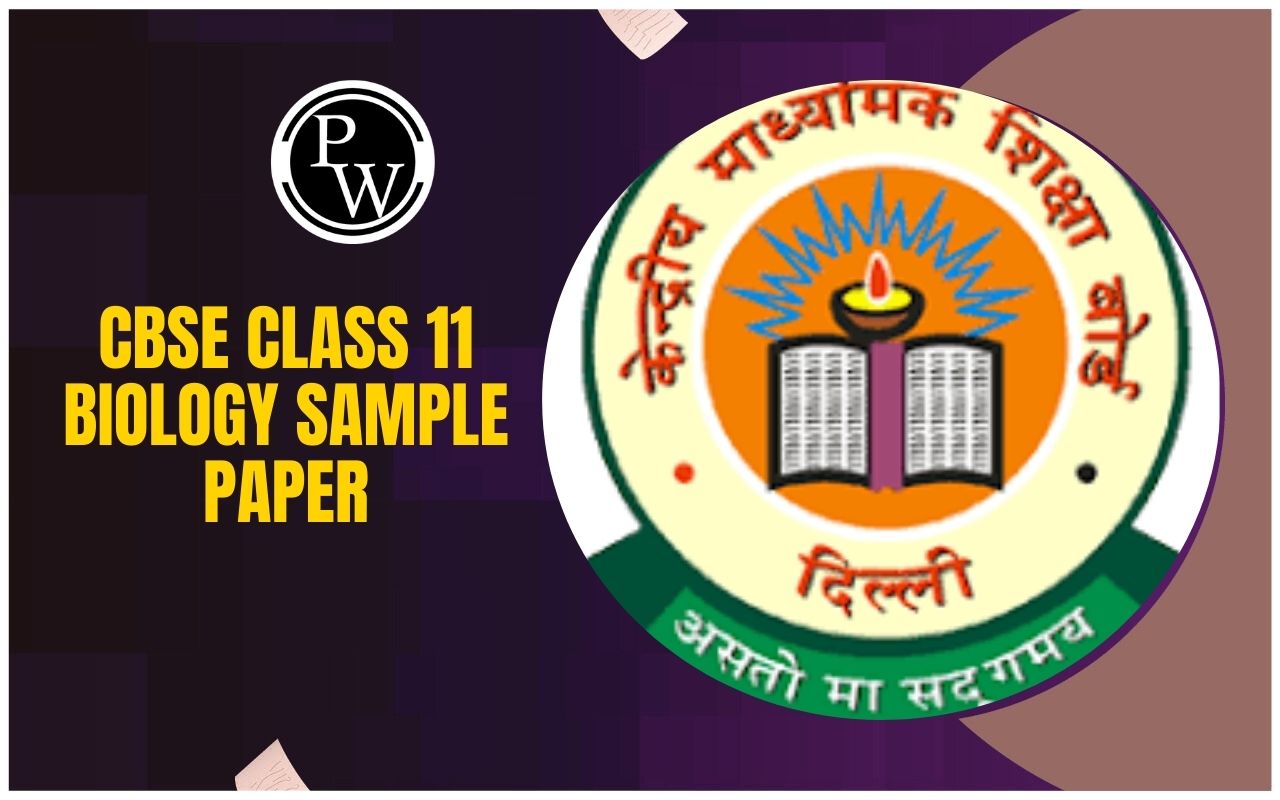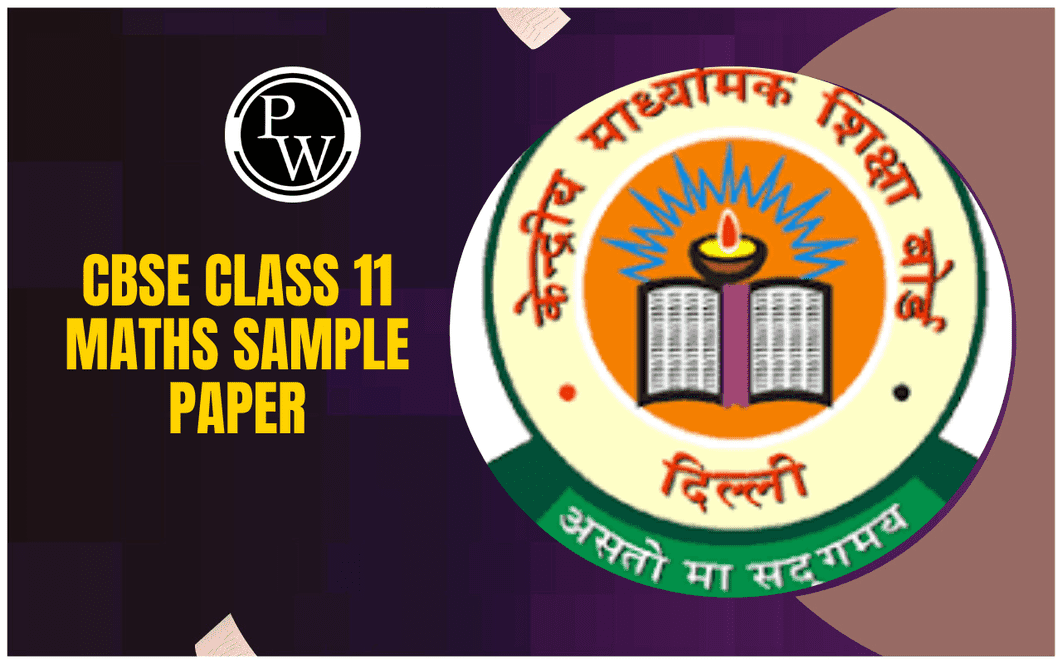
NCERT Solutions for Class 11 Maths Chapter 2 Exercise 2.1: NCERT Solutions for Class 11 Maths Chapter 2 Exercise 2.1 provide step-by-step solutions to help students understand the concepts of Relations and Functions. This exercise focuses on different types of relations and functions, including domain, codomain, and range.
By practicing the problems in this exercise, students can develop a clearer understanding of how relations work and how to represent them effectively. These solutions provide a solid foundation for further study in higher mathematics.NCERT Solutions for Class 11 Maths Chapter 2 Exercise 2.1 Overview
NCERT Solutions for Class 11 Maths Chapter 2 Exercise 2.1 focuses on the concept of Relations and Functions, which is an essential topic in set theory and functions. This exercise introduces students to various types of relations, including the domain, codomain, and range of a function. It helps in understanding how elements from one set are related to elements of another set, which is fundamental in mathematics.Key Topics Covered in Exercise 2.1:
- Relation : A relation is a set of ordered pairs, where each element from one set is related to an element of another set. The exercise provides problems that require students to identify and represent relations between sets.
- Domain : The set of all possible input values (first elements of the ordered pairs) in a relation.
- Codomain : The set of all possible output values (second elements of the ordered pairs) that could result from applying the relation.
- Range : The set of actual output values (second elements) that are used in a relation.
Class 11 Maths Chapter 2 Exercise 2.1 Questions and Answers PDF
The Class 11 Maths Chapter 2 Exercise 2.1 Questions and Answers PDF provides detailed solutions to all the problems in Exercise 2.1, helping students understand the fundamental concepts of Relations and Functions. This PDF provide step-by-step explanations for each question, making it easier for students to grasp the topic and prepare effectively for exams. The PDF link is available below for easy access.Class 11 Maths Chapter 2 Exercise 2.1 Questions and Answers PDF
NCERT Solutions for Class 11 Maths Chapter 2 Exercise 2.1 FAQs
What type of problems are included in Exercise 2.1?
Exercise 2.1 includes problems that ask students to identify relations, find the domain, codomain, and range, and represent relations between sets. It provides practice on understanding the basic properties of functions and relations.
How can solving this exercise help in understanding the topic?
Solving this exercise helps in developing a clear understanding of how elements of sets are related to each other and how to represent those relationships. It also helps in mastering the concepts of domain, codomain, and range.
Is this exercise important for exams?
Yes, this exercise is important as it forms the foundation for understanding functions and relations, which are frequently asked in exams and are essential for further topics in mathematics.
How can I improve my performance by solving Exercise 2.1?
By solving this exercise, students gain confidence in their understanding of relations and functions. It helps in improving problem-solving skills and prepares students for more complex mathematical topics in later chapters and competitive exams.
🔥 Trending Blogs
Talk to a counsellorHave doubts? Our support team will be happy to assist you!

Check out these Related Articles
Free Learning Resources
PW Books
Notes (Class 10-12)
PW Study Materials
Notes (Class 6-9)
Ncert Solutions
Govt Exams
Class 6th to 12th Online Courses
Govt Job Exams Courses
UPSC Coaching
Defence Exam Coaching
Gate Exam Coaching
Other Exams
Know about Physics Wallah
Physics Wallah is an Indian edtech platform that provides accessible & comprehensive learning experiences to students from Class 6th to postgraduate level. We also provide extensive NCERT solutions, sample paper, NEET, JEE Mains, BITSAT previous year papers & more such resources to students. Physics Wallah also caters to over 3.5 million registered students and over 78 lakh+ Youtube subscribers with 4.8 rating on its app.
We Stand Out because
We provide students with intensive courses with India’s qualified & experienced faculties & mentors. PW strives to make the learning experience comprehensive and accessible for students of all sections of society. We believe in empowering every single student who couldn't dream of a good career in engineering and medical field earlier.
Our Key Focus Areas
Physics Wallah's main focus is to make the learning experience as economical as possible for all students. With our affordable courses like Lakshya, Udaan and Arjuna and many others, we have been able to provide a platform for lakhs of aspirants. From providing Chemistry, Maths, Physics formula to giving e-books of eminent authors like RD Sharma, RS Aggarwal and Lakhmir Singh, PW focuses on every single student's need for preparation.
What Makes Us Different
Physics Wallah strives to develop a comprehensive pedagogical structure for students, where they get a state-of-the-art learning experience with study material and resources. Apart from catering students preparing for JEE Mains and NEET, PW also provides study material for each state board like Uttar Pradesh, Bihar, and others
Copyright © 2025 Physicswallah Limited All rights reserved.
 , find the values of
x
and
y
.
, find the values of
x
and
y
.
 As the ordered pairs are equal, the corresponding elements should also be equal.
Thus,
x/3 + 1 = 5/3 and y – 2/3 = 1/3
Solving, we get
x + 3 = 5 and 3y – 2 = 1 [Taking L.C.M and adding]
x = 2 and 3y = 3
Therefore,
x = 2 and y = 1
As the ordered pairs are equal, the corresponding elements should also be equal.
Thus,
x/3 + 1 = 5/3 and y – 2/3 = 1/3
Solving, we get
x + 3 = 5 and 3y – 2 = 1 [Taking L.C.M and adding]
x = 2 and 3y = 3
Therefore,
x = 2 and y = 1









